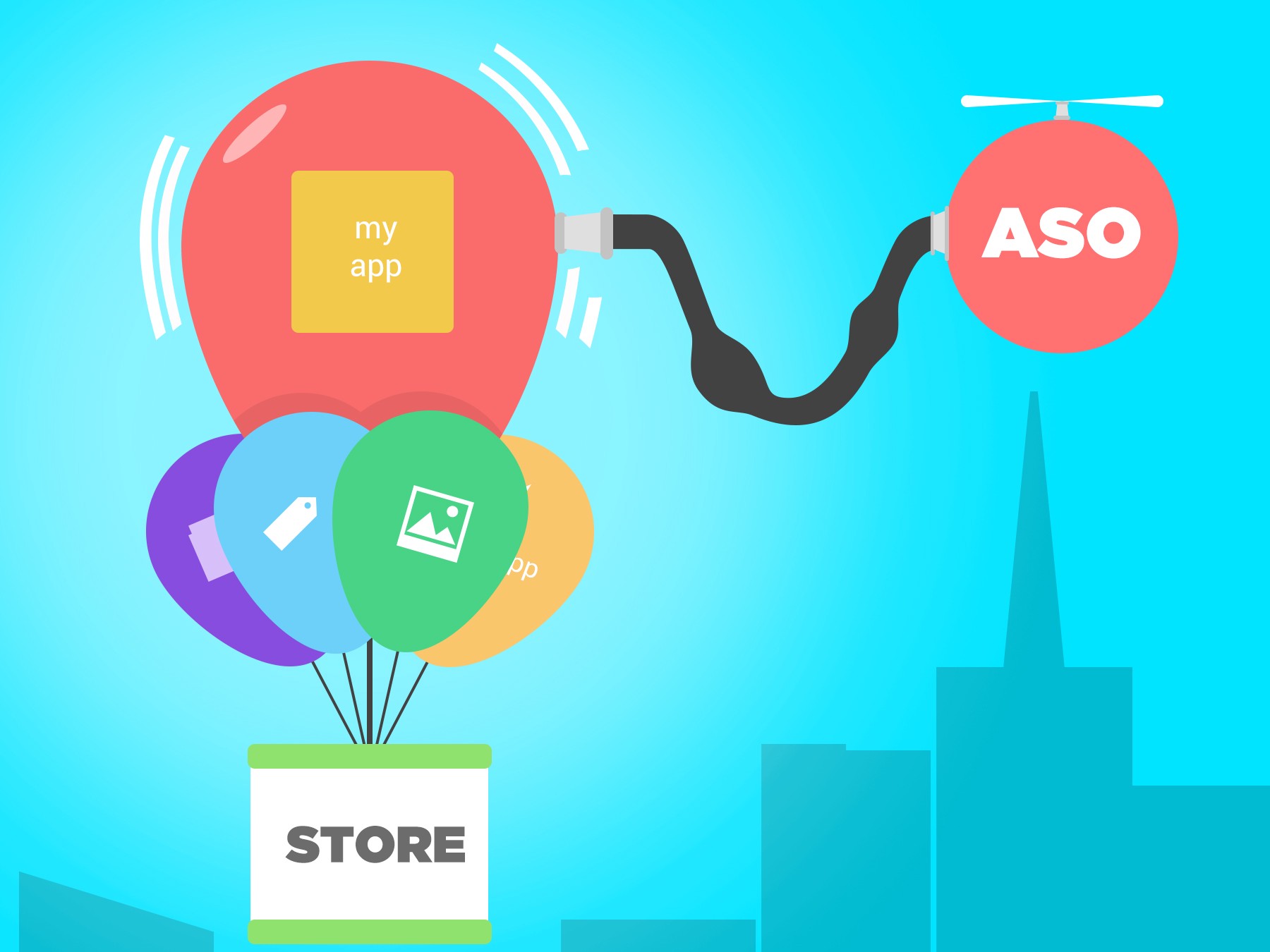
App Store Optimization, popularly known as ASO helps to improve your mobile app’s visibility within the app stores. The practice significantly improves conversion rates of your mobile apps in App Store for iOS and Google Play for Android.
With ASO marketers focus at high organic rankings and improved click-through rate (CTR). A well optimized mobile app for play store encourage visitors to actually click into your app store listing after finding it.
App Store Optimization Best Practices
Optimizing a mobile app for better discoverability in App store requires best industry’s best practices and sincere efforts aligned to Google guidelines. I am listing here a few of the ASO best practices that will boost your app marketing strategy and increase app ranking in search results.
Know Your Customers and Competition:
Like other modes of marketing, knowing your customers and competition is essential to app store optimization. Unless you know the nitty gritty of how you customers are responding, it’s impossible to curate a well-formed ASO strategy. A good strategy has two standard offsets to understand - your customers and competitive landscape. Before landing an ASO campaign a few questions need to be answered:
- Languages customers naturally use
- Why customers should download the app?
- Keywords your competitors target
Your app store optimization should begin with studying your customers. Alongside you should also focus on applying ways to improve app discovery in app store searches. Another essential element is to identify which keywords are being targeted by your competitors.
Choose a Memorable App Name:
A memorable and unique app name is important to branding. It also makes app discovery easier. To get maximum benefits of your app name you should optimize it well. Include relevant keywords within your title. It can significantly influence your app’s search visibility in app stores. It’s proven that apps with a relevant keyword in their title ranked 10.3% higher than apps without a title keyword.
App store allows up to 255 characters in the title. It opens up a perfect opportunity to include multiple keywords in the title organically. Stuffing keywords will do more harm than good. It can ruin your branding. Keep the title within the allowed character limit as longer titles get truncated on a search results or top chart page.
To note app store truncates after the 23rd character including spaces and Google play store truncates after 30th character. App titles in case of installed apps in a device’s navigation menu or home screen are truncated after 11 and 14 characters. Keep this in mind before zeroing on an app name.
Play Safe with Keywords:
When it comes to using keywords in app store optimization strategies vary from one app store to the other. Google’s play store and iOS app store adopt different approaches for keywords to be used in optimization.
Apple’s app store allots a 100-character keyword field to accommodate title and keywords. The field is used to display title and primary keywords within a limit of 100 characters. How you utilize this field determines which search strings your app will show up for. This is why it’s important to make sure that you utilize the entire space. Conduct thorough keyword research to improve your organic traffic.
On the contrary Google play store adopts an entirely different approach to ASO. Unlike Apple, google takes into the consideration app’s description to extract relevant keywords. Google play store’s description Field allows 4,000 characters to input relevant description of the product in a user friendly language.
Don’t overwhelm with such extensive space available. Avoid stuffing keywords in the description. It may dilute your message. Use relevant keywords in description where they make sense. It’s believed that the keywords shouldn’t be repeated more than five times in an app store product page is five. Capping the keyword frequency maximize the likelihood of ranking for that particular keyword.
Create Solid Description and Make a Cool Icon:
Mobile app’s description is an essential element of ASO. It should be aimed at your targeted audience. Your description acts as a call-to-action that encourages users to make purchase decisions.
Write to-the-point, self-explanatory and precise app description to covey your users what are the unique benefits it offers. A value adding description convinces your target audience that the product can accomplish their immediate and evolving needs.
As soon a user lands on your app listing App icon is the first thing his eyes meet with is your app icon. Icon is the topmost visual element that helps you to create first lasting impression. To note both app store and play store vary in approach when considering app logo size, geometry, and color scheme of app icons.
For Apple’s app store the icon size is fixed at 1024×1024 pixels. App store resizes dimensions of the app icons at 180×180, navigation icons at 66×66, and tab bar icons at 75×75. On the contrary Google play store requires logo icon of 512×512.
Include Screenshots and videos:
Screenshots and videos have no direct impact on the app search rankings. But they encourage app downloads. Visual representation appeals your audience much. It eventually brings app description text to life. Imagery and videos entice visitors that results in more app download.
App store and play store has different guidelines for using app screenshots and videos. For iOS apps the limit for uploading screenshot is up to five and for an Android app the limit is up to eight. Notably, the gallery on the app page displays only first 2–3 screenshots on page load. Therefore, make most out of the screenshots visible to the users. Ensure that these images are compelling and convincing users to hit the install button.

Tarun Gupta, CEO of Brainpulse Technologies, is a prolific author and digital marketing specialist. His insightful writings span SEO, content marketing, social media strategy, and email campaigns, offering invaluable expertise to businesses worldwide. Tarun’s contributions continue to shape the digital marketing landscape, guiding success in multiple niches.